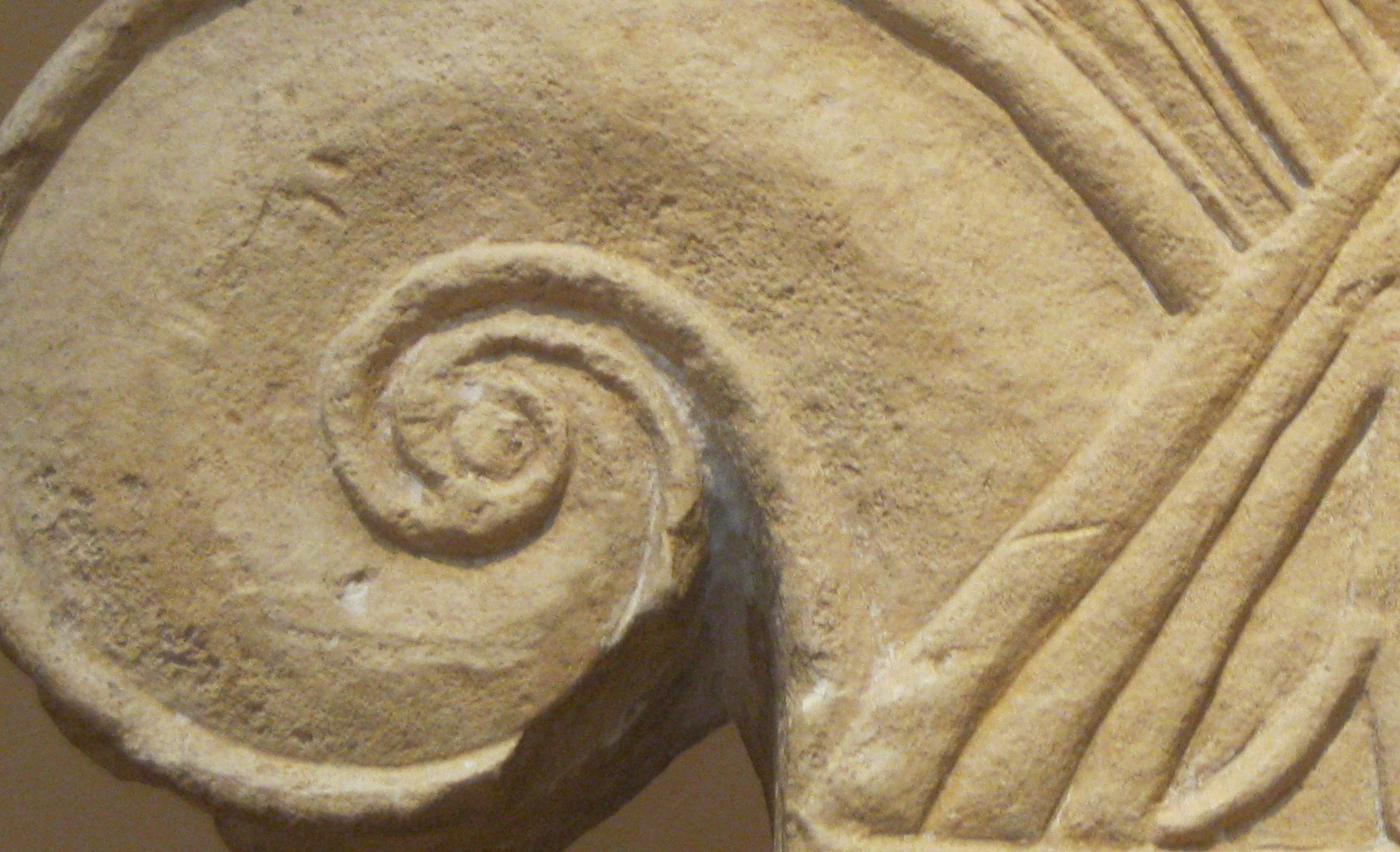Zoe A. Pappas, Ph.D.
Ancient Greek Mythological Genealogy Redux
Genealogy & Identity
Ancient Greek Mythological Genealogy Redux
Zoe A. Pappas, Ph.D.
Genealogy and Identity:
The Genealogical Evidence for the Appropriation of Early East Greek Mythology by the Mainland Greek City-States in the Archaic Period
ABSTRACT
Genealogy and Identity: The Genealogical Evidence for the
Appropriation of Early East Greek Mythology by the Mainland Greek City-States in the Archaic Period
This dissertation is the result of extensive research into Greek mythological genealogy. Overall, it endeavors to demonstrate that in spite of the attention lavished on Greek mythology and the problem of myth as a historical source, there is an approach to this body of evidence based strictly on genealogical patterning that has not been adequately investigated to date. The genealogical approach gives chronological precedence to patterns first manifest in the Homeric poems, which by comparison with later mythic material delineate the outline of a genealogical template that initially emerged in Aiolic East Greece. This stands to reason on a number of counts, prominently, for example, because it explains the importance of Troy as the appointed target of a legendary Greek conquest in the east (Troy was located in Aiolic East Greek territory), and also because East Greek Asia Minor was the first point of contact between Dark Age Greek culture and Near Eastern metropoleis that deployed genealogy as a structural medium in the canonization of cultural pre-history.
Inasmuch as the later Greek mythic corpus readily divides into clusters of stories associated with major mainland Greek city-states, I determined in view of the Homeric evidence, that these state genealogies in general relied on the use of recurrent manipulative techniques designed to supplant the early Aiolic structure, while at the same time retaining the most famous legends amidst a largely restructured genealogical framework. Tracing these patterns further, it turned out to be possible to distinguish and correlate post-Homeric genealogical emendations with political developments on the Greek mainland, where unified opposition to a legendary framework conceived and promoted initially in East Greece led to tangible ideological changes, detectable since they altered but did not destroy all vestiges of the inherited tradition.
This hypothesis demands quite detailed exposition because it cannot comfortably coexist with the leading approach to Greek mythogenesis. According to that view, separate regional mythic cycles were rather awkwardly fused together before the emergence of pan-Hellenic self-consciousness in the early Archaic Period. Still, the opposite view, this thesis argues, in which a meaningful whole was incrementally split up into an assortment of disjointed parts is the simpler, more logical explanation for the development of Greek mythic tradition, and is, moreover, capable of comprehending random segments of Greek mythological testimony. What follows, therefore, is a blow-by-blow account of the most pivotal evidence to this effect on the mythical and the historical side, reinforced in conclusion with a case study of a single major genealogical line that was largely preserved in its original form, as verified by its coverage in the Homeric poems and in surviving texts by seven later Greek authors (viz. Bakchylides, Pindar, Herodotos, Diodoros, Strabo, Apollodoros, and Pausanias).
____________________
Table of Contents
Introduction…………………………………………….…………………...1
Previous Scholarship on Aiolic features of the Homeric poems
The Genealogical Approach to the Early Aiolic Features of Greek Mythology
The Greek Mythological Background
The Ancient Sources
I. Part One. Standard Techniques of Mythological Innovation
Chapter 1 – Mythic Theft Type One……………..…..…34
1.1: Preface to the Topic
1.2: Hypermestra and Lynkeus
1.3: Sterope
1.4: Atalanta
Chapter 2 – Mythic Theft Type Two…………………..122
2.1: Preface to the Topic
2.2: Aiakos
2.3: Tyndareos and Ikarios
Chapter 3 – Mythic Theft Type Three…...………....….164
3.1: Preface to the Topic
3.2: Danae, Danaos and the Danaids
: Danae, Danaos, and the Danae
: Danaos, Genealogy and the Hesiodic Catalogue of Womn
: Kyrene and Argos
3.3: The Daughters of Atlas
II. Part Two. Mythic Argos: The Post-Epic Reevaluation of the Mythic Geography and Distribution of Power in the Peloponnese
Chapter 4 – The Problem of Mythic Argos and the Legend of the Tripartite Division …………..…250
4.1: The continuity of the legend of the tripartite division
4.2: Genealogical overcrowding in mythic Argos
: historical evidence on early Argos
: the story of the Return of the Herakleidai
: Argive genealogy and the line of Pelops
: Proitos of Argos
: Akrisios
Chapter 5 – The Problem of Mythic Argos: Supporting Evidence…………..........................…301
5.1: The gradual dissolution of the house of Perseus
: Herakles’ biography
5.2: The Return of the Herakleidai and the Hellenic genealog
5.3: Tradition and innovation in Herakles’ lifestory
5.4: The Return of the Herakleidai legend revisited
5.5: The Hellenic genealogy revisited
5.6: The eradication of the Perseid realm
5.7: Argos in Homer
III. Chapter 6 – Conclusion………………………………………….394
6.1: The lineage of the seer Melampous: a genealogical case study
IV. Bibliography…...…………………………………….419
V. Appendix A. presentation of relevant ancient texts…....451
Appendix B. Argive genealogies………………………483
© 2008 & 2019
Zoe A. Pappas
All Rights Reserved

